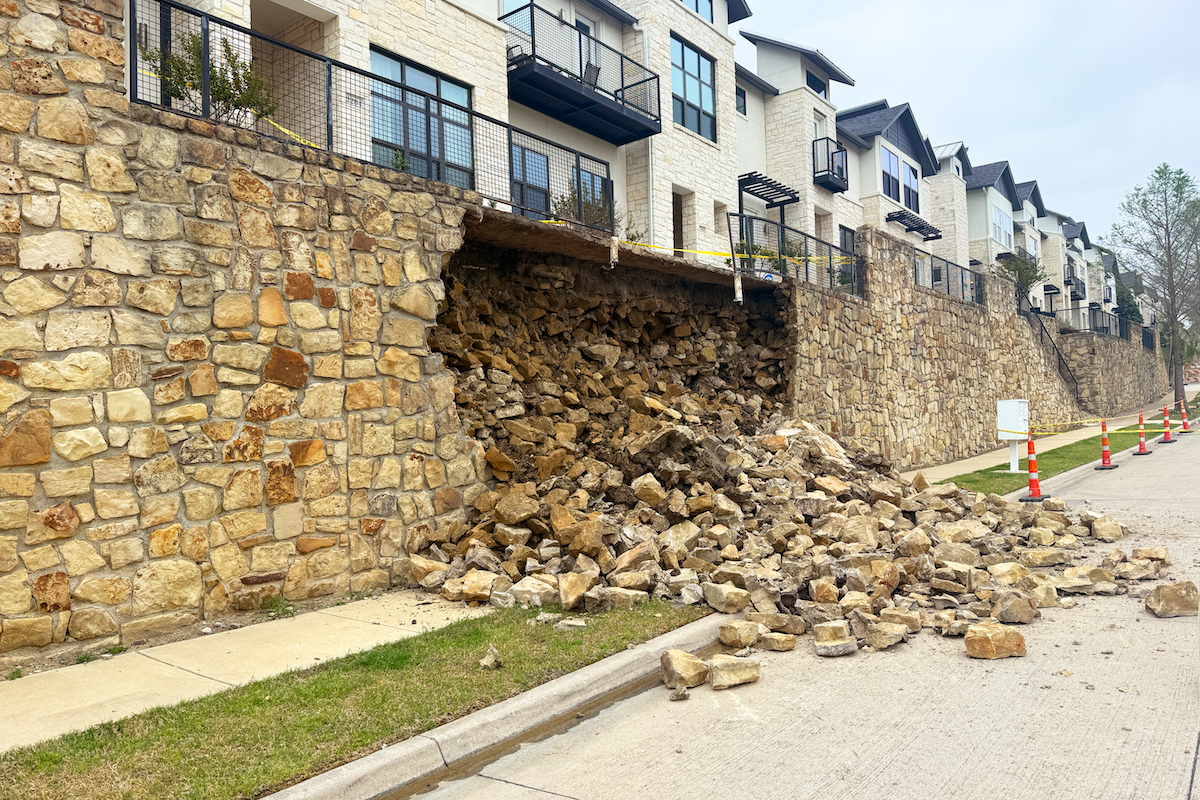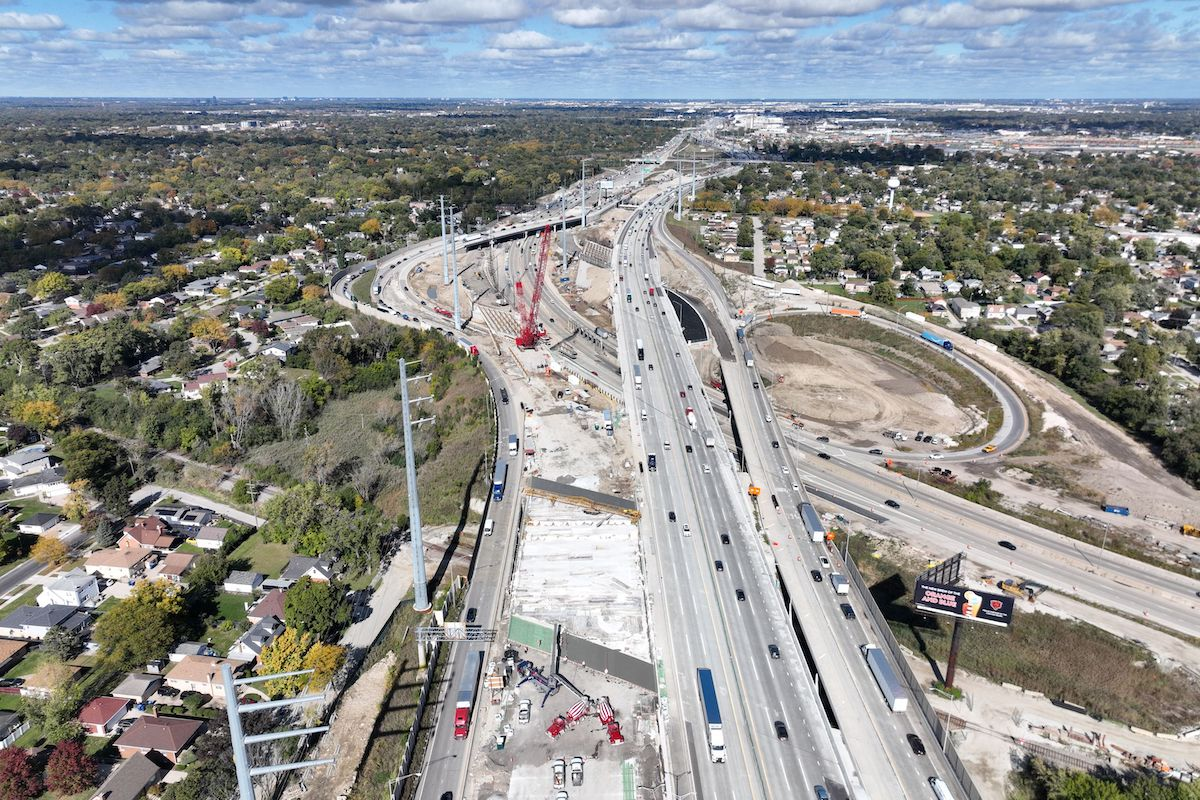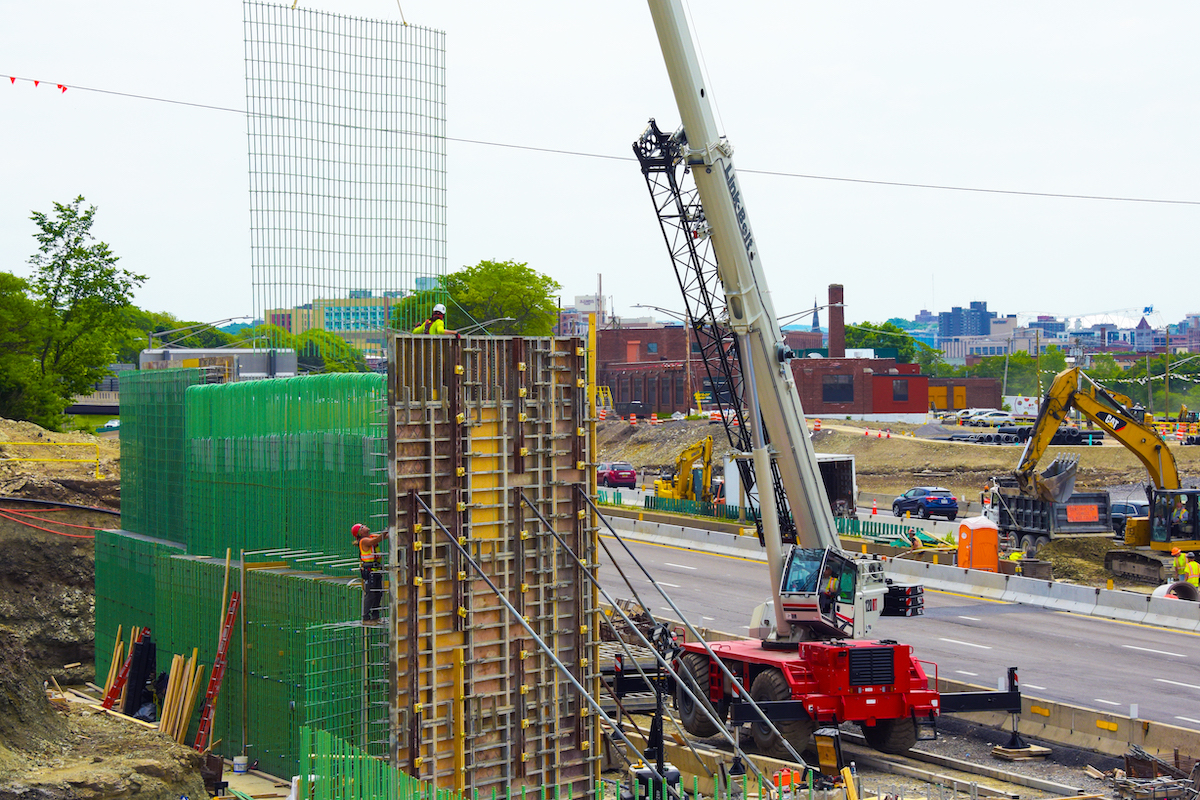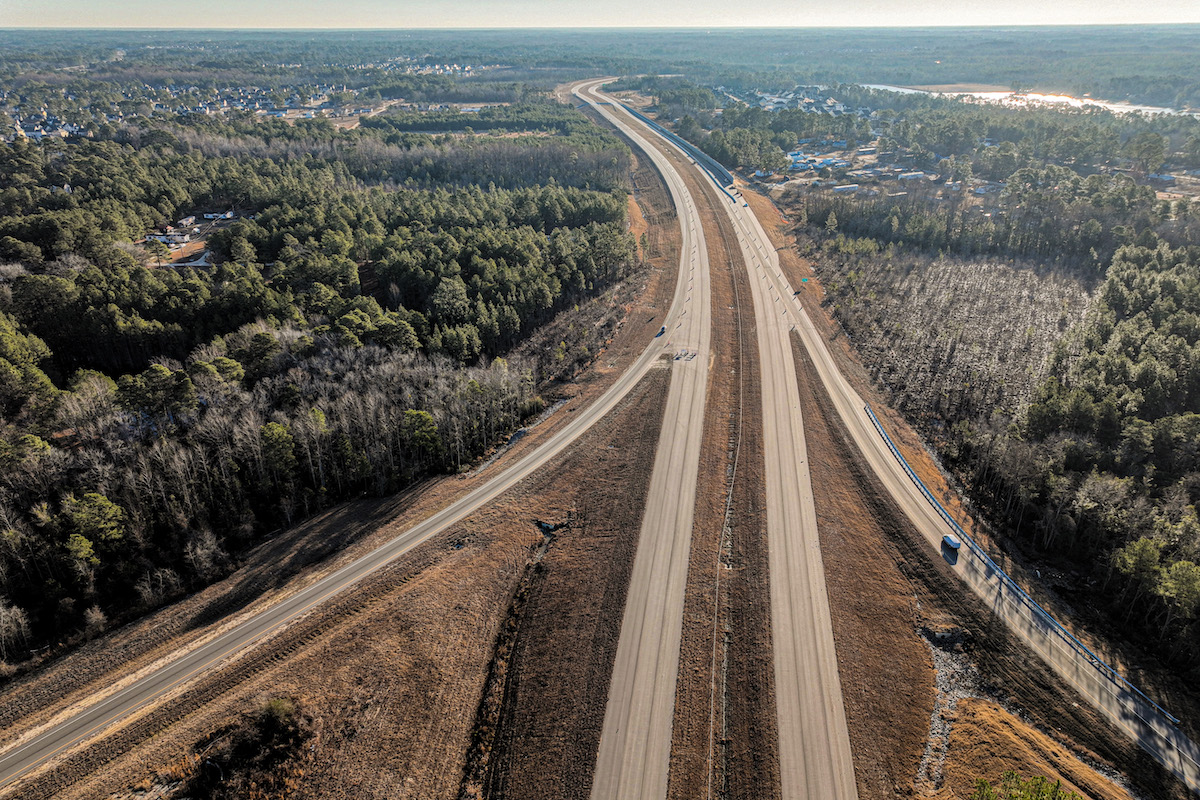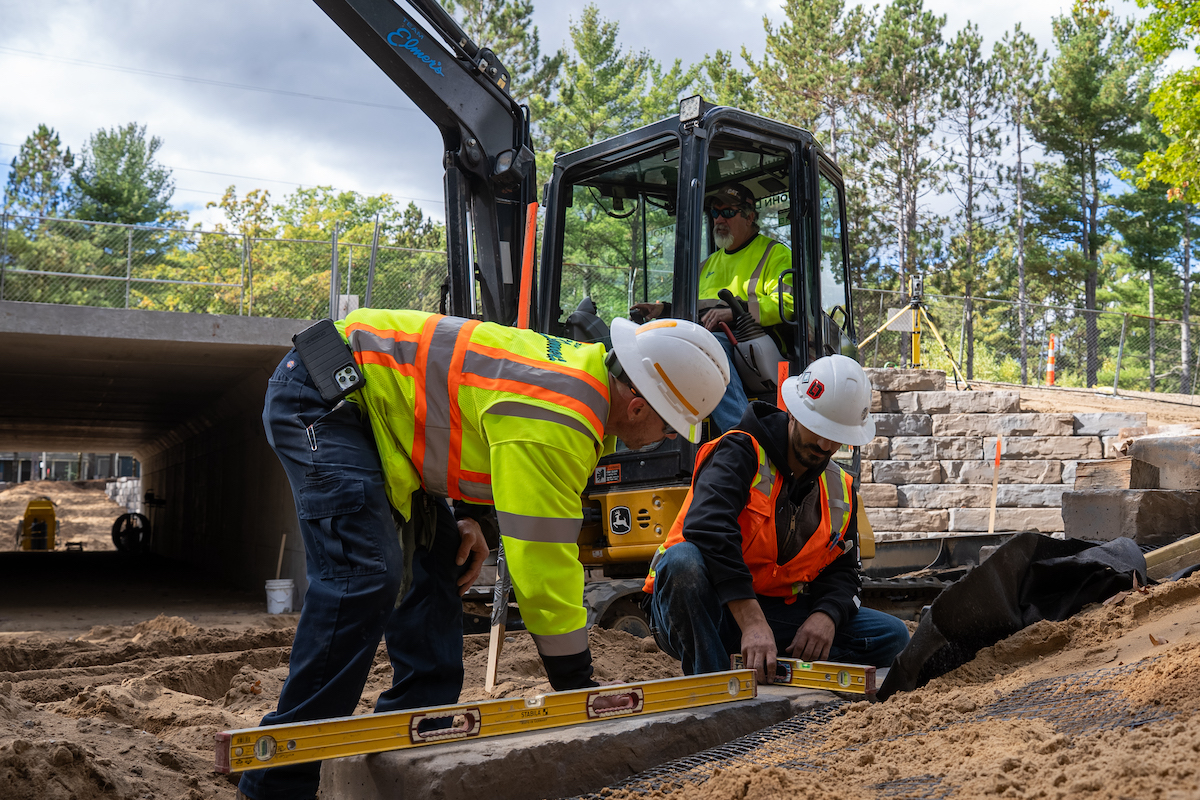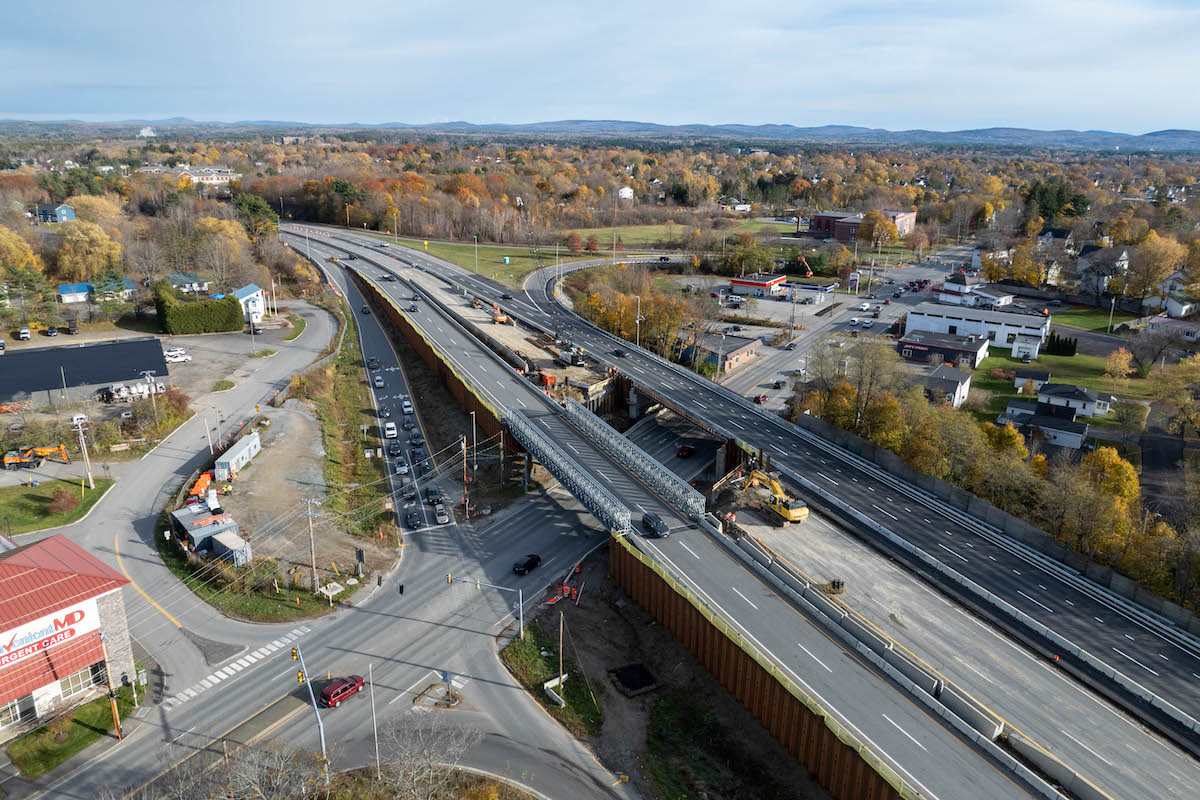When Congress passed the IIJA in 2021, it authorized $1.2 trillion in spending over five years for the country’s critical infrastructure — transportation, energy, broadband, water, technology, health care, education, and more. It has been estimated that between $345 billion and $400 billion has been disbursed, to date.
Since much of the IIJA funding was designed to be distributed to states based on population, larger states have received the most revenue. The top three states that benefited most are California ($32.7 billion), Texas ($28 billion), and New York ($23.6 billion).
However, with billions still left to be allocated, knowing how the funding will be distributed and what projects it will ultimately support is important. Some fund distributions will be based on a formula or a competitive grant. A competitive grant is awarded based on the merits of a submitted application. Competitive grants are discretionary, which means that they do not have to be awarded if the granting agency does not approve. Formula grants are awarded based on a statistical formula.
Infrastructure funding to be allocated in 2024 by the U.S. Department of Transportation is approximately $131 billion. In 2025, another $134 billion will be distributed, and then a final installment of $136 billion will be made in 2026. This revenue will flow from various programs including the Federal Aviation Administration, Federal Highway Administration, Federal Rail Administration, Federal Transit Administration, Maritime Administration Program, National Highway Traffic Safety Administration, Pipeline and Hazardous Materials Safety Administration, and Secretary of Transportation.

| Your local Wirtgen America dealer |
|---|
| Kirby-Smith Machinery |
| Nueces Power Equipment |
Airport Terminal Program officials recently invited parties to apply for approximately $1 billion available for distribution in 2024. The funding is earmarked for airport terminals and traffic control towers. Another $1 billion will be available in 2025, and a final $1 billion will be available in 2026.
The Federal Transit Administration has 20 programs and 34 sub-programs that received funding in the infrastructure bill. The largest amount of funding will be distributed through formula grants to states. More than $6.6 billion will be available for each year between 2024 and 2026, and the funding will support operating assistance, planning, engineering, design, and analysis of transportation-related studies and other projects.
The Port Infrastructure Development Program will allocate $450 million annually between 2024 and 2026. The funding is for the improvement of the port and related freight infrastructure. The Port of Tacoma’s terminal expansion in Washington was awarded $54.2 million in November to support an initiative to reconfigure the Husky terminal yard for better truck circulation, install roughly 40 reefer racks and related power supplies, and relocate on-terminal structures. There are other programs that also support U.S. port projects. Overall, the IIJA earmarked about $17 billion for port infrastructure projects.
The Environmental Protection Agency (EPA) initially received $25.3 billion for 2022 and 2023 and will receive $35.6 billion in three annual increments from 2024 to 2026. The EPA program supports projects of various types.
Below are some examples of programs that still have billions of dollars left to allocate:
- Transportation: $346.8 billion
- Energy: $77.8 billion
- Water: $35.6 billion
- Broadband: $3.8 billion
- Watersheds and Coastlines: $16.5 billion
- Environmental Programs: $12.2 billion
With so much funding remaining, and so little time left to spend, it seems imperative for public officials to immediately analyze critical infrastructure needs. Time passes quickly, and the funding is nearing its expiration date.
Examples of funding that states have recently received include:
- $73 million to replace the Lafayette Avenue Bascule Bridge in Bay City, Michigan
- $500 million project to replace lead pipes in Philadelphia, Pennsylvania
- $100 million to support an electric vehicle battery component plant in North Carolina
- $105 million to Arizona Tribal Lands for the expansion of broadband infrastructure
When one looks at which states are receiving large amounts of this once-in-a-generation amount of federal funding, it is evident that many states are not competing as well as others. Officials fear it is because some local governmental entities lack the resources to develop grant applications. That trend, however, may be changing as nonprofits, community organizations, and private sector contractors are beginning to step up to provide grant writing support to governmental officials who lack the internal resources to submit grant applications.
Mary Scott Nabers is CEO of Strategic Partnerships, Inc. and the author of Inside the Infrastructure Revolution - A Roadmap for Rebuilding America.

































